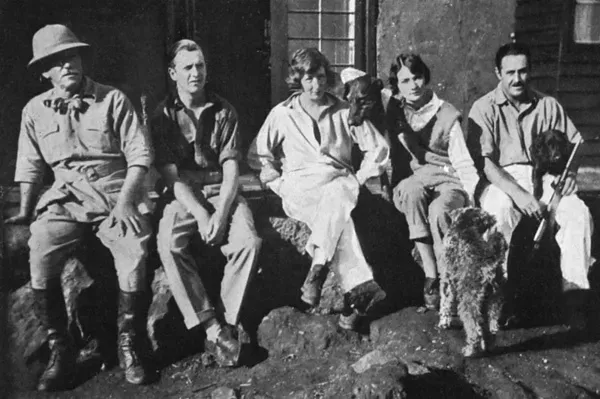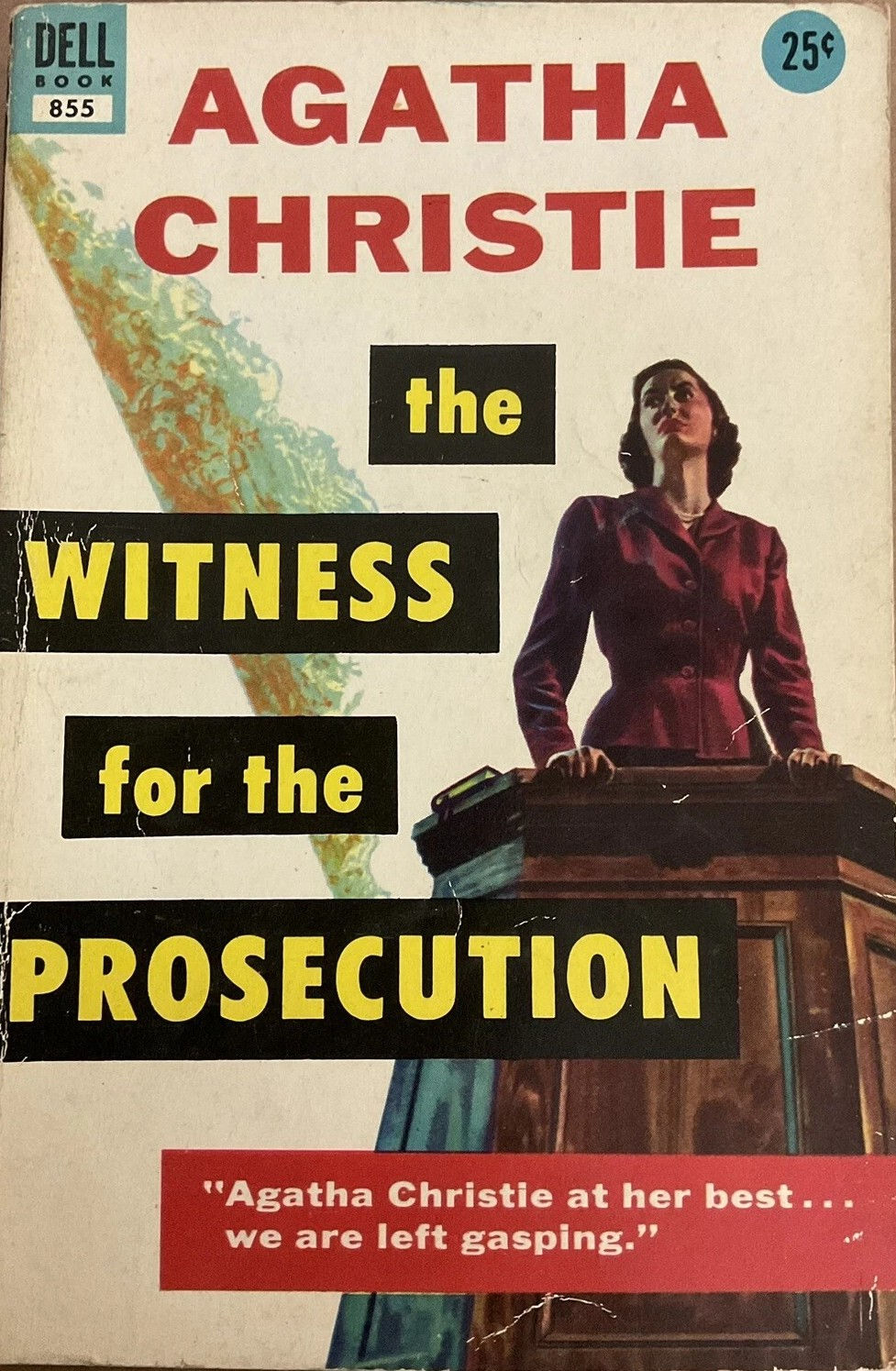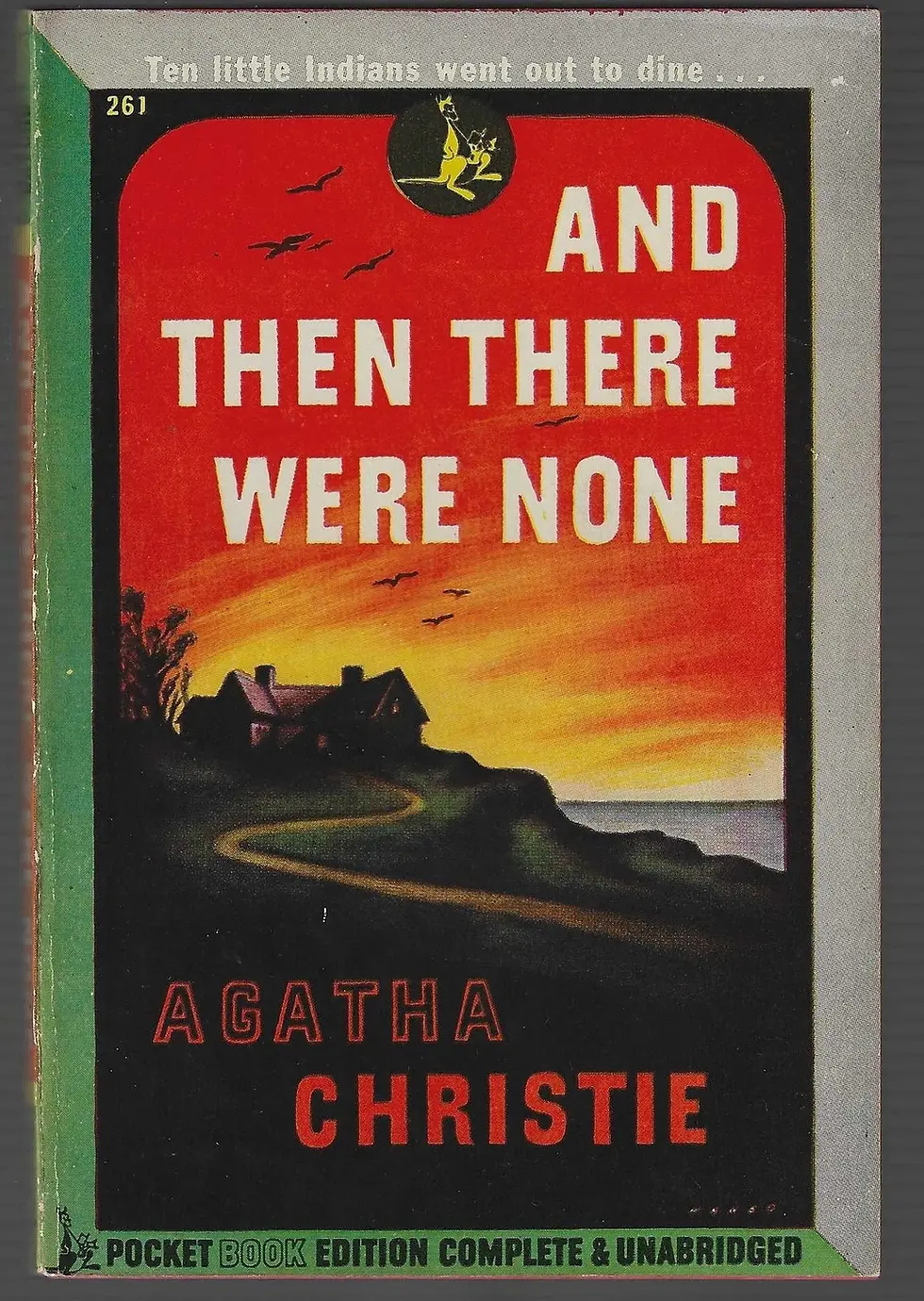The Royal Magazine & Agatha Christie
- David Morris

- Jun 18
- 7 min read
Updated: Jun 23
Magazines frequently published Agatha Christie’s short stories and novels prior to their hard-back publication. This was especially true during Christie’s first few decades as an author when most of her short stories were written. While some publications are fairly easy for collectors to find, such as Cosmopolitan magazine and The Saturday Evening Post in the USA, or John Bull magazine in the UK, others are exceptionally difficult to obtain.
One of the scarcer British magazines is The Royal Magazine, a monthly periodically that published nine Agatha Christie short stories, all true first printings, between 1925 and 1928. The first three Christie stories The Royal Magazine published were never issued in American magazines at all and some of these stories didn’t appear in a book in the UK for over 70 years after The Royal published them. Arguably the most noteworthy of all the stories they published is The Tuesday Night Club as it is the first published appearance of Christie's character Miss Marple in any format.
The Royal Magazine – A Brief History.
The Royal Magazine was a monthly British literary magazine published between 1898 and 1939. Its founder and publisher was Sir Arthur Pearson, who had also launched The Daily Express newspaper.
The first issue was published in November 1898. It was a companion story magazine to Pearson’s Magazine that had been launched two years earlier. It was claimed that one million copies of the first issue of the magazine were ordered so significant circulation was hoped for. However, this was a period of time in Britain when there were numerous other fiction magazines, all competing for readership.
The 1920s was the period when it published the nine Christie stories discussed in this article. Yet even with Christie and other noted authors on their pages, the magazine struggled to maintain its relevance. This led it to change its name a number of times. With the December 1930 issue, the magazine re-christened itself The New Royal Magazine. Beginning in June 1932, it became The Royal Pictorial. It continued to publish fiction until December 1934, a total of 434 monthly issues, and then became a magazine devoted to cinema and films. As of January 1935, it became The Royal Screen Pictorial. Then in June 1935, the word "Royal" was dropped entirely as it became The Screen Pictorial. The magazine's final issue was in September 1939, the month in which the Second World War began in Europe. In total, 491 issues were published.
The Christie Issues.
Issue 324, October 1925 - Within a Wall. There is no US magazine appearance. The first book appearance of this story was in 1997 in While the Light Lasts and Other Stories (UK) and in The Harlequin Tea Set and Other Stories (USA). While the text appears identical across publications, the chapter sections are structured slightly differently in the magazine – potentially due to better visual formatting rather than a narrative purpose.
The story’s illustrations are three large drawings by Albert Bailey. Agatha Christie’s name is on the cover of the magazine, though in smaller font to Ethel Dell, who was a more established romance novelist in 1925.
Issue 329, March 1926 - Magnolia Blossom. There is no US magazine appearance. The first book appearance was in 1971 in The Golden Ball and Other Stories (USA) and then in 1982 in The Agatha Christie Hour (Collins, UK), a short story collection published in alignment with the ten-part television series of the same name.
The story’s illustrations are two large drawings by Albert Bailey. Agatha Christie’s name was on the cover, listed alphabetically in the same font size as five other authors.
Issue 333, July 1926 - The Lonely God. There is no US magazine appearance. The first book appearance was in 1997 in While the Light Lasts and Other Stories (UK) and in The Harlequin Tea Set and Other Stories (USA).
The story’s illustrations are two large drawings by H. Coller. It is particularly interesting to note that Christie’s name was not placed on the cover, though six authors were, including A.A. Milne and Rosita Forbes (discussed below in a footnote).
Issue 350, December 1927 - The Tuesday Night Club. This is the first appearance of any Miss Marple story in print in any format. It first appeared in the US on 2 June 1928 in Detective Story Magazine, Vol. 101, No. 5, under the alternate title of The Solving Six. The first book appearance was in the anthology The Best Detective Stories of the Year – 1928 published in 1929 by Faber & Gwyer (UK), and in the same year in the US by Horace Liveright as The Best English Detective Stories of 1928. The first Christie omnibus was The Thirteen Problems (UK, 1932) and The Tuesday Club Murders (US, 1933).
There are three illustrations by Gilbert Wilkinson including the first illustration of the character of Miss Marple. I have been unable to locate the cover for this magazine’s issue, so if anyone has it please share an image with me.
Issue 351, January 1928 - The Idol House of Astarte. This story first appeared in the US on 9 June 1928 in Detective Story Magazine, Vol. 101, No. 6, under the alternate title of The Solving Six and the Golden Grave. The first book appearance was in the Christie omnibus The Thirteen Problems (UK, 1932) and then in The Tuesday Club Murders (US, 1933).
There are three illustrations by Gilbert Wilkinson including one of Dr. Pender. This is the other magazine I have been unable to locate the cover for, so if anyone has it please share an image with me.
Issue 352, February 1928 - Ingots of Gold. This story first appeared in the US on 16 June 1928 in Detective Story Magazine, Vol. 102, No. 1, under the alternate title of The Solving Six and the Evil Hour. The first book appearance was in the Christie omnibus The Thirteen Problems (UK, 1932) and then in The Tuesday Club Murders (US, 1933).
There are two illustrations by Gilbert Wilkinson including one of Raymond West. The cover of the magazine references Agatha Christie along with five other authors – all in the same font size.
Issue 353, March 1928 - The Blood-Stained Pavement. This story first appeared in the US on 23 June 1928 in Detective Story Magazine, Vol. 102, No. 2, under the alternate title of Drip! Drip! The first book appearance was in the Christie omnibus The Thirteen Problems (UK, 1932) and then in The Tuesday Club Murders (US, 1933).
There are two illustrations by Gilbert Wilkinson including one of Joyce Lempriere. The cover references none of the content as it is solely promoting a contest.
Issue 354, April 1928 - Motive v. Opportunity. The story first appeared in the US on 30 June 1928 in Detective Story Magazine, Vol. 102, No. 3, under the alternate title of Where’s the Catch? The first book appearance was in the Christie omnibus The Thirteen Problems (UK, 1932) and then in The Tuesday Club Murders (US, 1933).
There are two uncredited illustrations by Gilbert Wilkinson including one of Mr. Petherick. Christie is noted on the front along with two other writers.
Issue 355, May 1928 - The Thumb Mark of St. Peter. The story first appeared in the US on 7 July 1928 in Detective Story Magazine, Vol. 102, No. 4. The first book appearance was in the Christie omnibus The Thirteen Problems (UK, 1932) and then in The Tuesday Club Murders (US, 1933).
There are two illustrations by Gilbert Wilkinson, though one is a reused image of Miss Marple from The Tuesday Night Club (though it is an edited, mirror image of that earlier portrait). Christie is referenced on the cover along with three other authors.
Closing Comments.
First and foremost, thank you to Ms. Bruner, a Librarian and Researcher with the New York Public Library who was able to provide support for this article. These magazines are incredibly difficult to find copies of to read, let alone for personal ownership. Fortunately, Ms. Bruner was able to find them for me in the archives at NYPL with the exception of covers for December 1927 and January 1928 issues. If any readers have these, please share them with me so I can add them to this article.
Values: Should you be able to find any of these magazines for sale, I would expect Very Good copies to command up to £150 each, with less for tatty copies. While copies of The Royal Magazine without noted author stories within them often sell for far less, such as £15, the presence of a true first printing of a collectible author will naturally raise the price. The biggest challenge will be even finding them - not affording them.
Festival Talk Update: As of this week there are only a couple of tickets left for my talk at the International Agatha Christie Festival - so if you've procrastinated, don't any more! Link.
Social Media: I have recently joined Instagram in addition to my other outlets. If you like to use Instragram then please find me and follow at: https://www.instagram.com/collectchristie/
Happy Hunting.
Footnote: Rosita Forbes – I speculate.
On the cover of the July 1926 The Royal Magazine, the highlighted story was “How I made the most of life” by Rosita Forbes. The possibility certainly exists that Christie knew of Forbes and may have even read this story or her books. Notably, this was at a time in her life when she was very depressed following the death of her mother and likely in an already difficult relationship with her husband, Archie, who asked for a divorce in the following month due to his relationship with Nancy Neele. So, who might Christie have read about?
Well Rosita Forbes was an intrepid female explorer who had written books about her travels around the world. She was the first European woman traveller to explore parts of Libya when it was closed to Westerners, and she also explored much of the Middle East. When she divorced her first husband, she sold her wedding ring to pay for her travels to South Africa. Is it possible that Rosita Forbes’s story, and her life in general, had any influence on the changes Christie pursued in her own life in the years that followed, such as making the bold move to travel to Ur on an archeological dig when it was offered to her?



































































Some of that artwork is fantastic!